Recombinant Human TNFRSF17 (BCMA) protein, Fc/His-tagged, R-PE labeled, Bioactivity-FACS
| Cat.No. : | TNFRSF17-2348HP |
| Product Overview : | Recombinant Human TNFRSF17 protein, Fc/His-tagged was Conjugated with NH2-Reactive R-PE(R-Phycoerythrin). |
| Availability | April 21, 2025 |
| Unit | |
| Price | |
| Qty |
- Specification
- Gene Information
- Related Products
- Case Study
- Application
- Download
| Species : | Human |
| Source : | HEK293 |
| Tag : | Fc&His |
| Description : | NH2-Reactive R-Phycoerythrin is used for antibody conjugation for immunostaining and cellular proteins for tracing. NH2-Reactive R-Phycoerythrin has succinimidyl ester groups, and can easily make a covalent bond with amino groups of protein without any activation process. |
| Form : | Liquid in sterile PBS buffer pH 7.4 (may contains tiny amount of reaction buffer and R-Phycoerythrin). |
| Endotoxin : | <1EU/ug by LAL method. |
| Stability : | Sample is stable for at least 12 months when stored at -20 to -80°C from date of manufacture. For longer storage, add equal volume of glycerol to the sample solution and store at -20 to -80°C. |
| Storage : | Store under sterile conditions at -20 to -80°C immediately after receipt. It is recommended that the protein be aliquoted for optimal storage. Avoid freeze-thaw cycles. |
| Related Product : | TNFRSF17-2348H |
| Publications : |
Preclinical evaluation of CD8+ anti-BCMA mRNA CAR T cells for treatment of multiple myeloma (2021)
High-Specificity CRISPR-Mediated Genome Engineering in Anti-BCMA Allogeneic CAR T Cells Suppresses Allograft Rejection in Preclinical Models (2024)
|
| Official Symbol | TNFRSF17 |
| Synonyms | TNFRSF17; tumor necrosis factor receptor superfamily, member 17; BCMA; tumor necrosis factor receptor superfamily member 17; BCM; CD269; B-cell maturation factor; B cell maturation antigen; B-cell maturation protein; |
| ◆ Recombinant Proteins | ||
| TNFRSF17-03H | Active Recombinant Human TNFRSF17 Protein, Fc-tagged, Atto 488 conjugated | +Inquiry |
| TNFRSF17-2918H | Recombinant Human TNFRSF17 protein, His-tagged, Alexa Fluor 488-Labeled | +Inquiry |
| TNFRSF17-237HP | Recombinant Human TNFRSF17 protein, Fc-tagged, R-PE labeled | +Inquiry |
| TNFRSF17-237H | Active Recombinant Human TNFRSF17 protein(Met1-Ala54), rFc-tagged | +Inquiry |
| TNFRSF17-121HAF488 | Active Recombinant Human TNFRSF17 Protein, Fc-tagged, Alexa Fluor 488 conjugated | +Inquiry |
| ◆ Cell & Tissue Lysates | ||
| TNFRSF17-2593MCL | Recombinant Mouse TNFRSF17 cell lysate | +Inquiry |
| TNFRSF17-2489HCL | Recombinant Human TNFRSF17 cell lysate | +Inquiry |
| TNFRSF17-1489RCL | Recombinant Rat TNFRSF17 cell lysate | +Inquiry |
| TNFRSF17-1253CCL | Recombinant Cynomolgus TNFRSF17 cell lysate | +Inquiry |
Case 1: Lin L, et al. Leukemia. 2021
Chimeric antigen receptor (CAR) T-cell therapy remains limited to select centers that can carefully monitor adverse events. To broaden use of CAR T cells in community clinics and in a frontline setting, researchers developed a novel CD8+ CAR T-cell product, Descartes-08, with predictable pharmacokinetics for treatment of multiple myeloma. Descartes-08 is engineered by mRNA transfection to express anti-BCMA CAR for a defined length of time. Before analysis, Descartes-08 cells were incubated with TNFRSF17 and other proteins. Descartes-08 expresses anti-BCMA CAR for 1 week, limiting risk of uncontrolled proliferation; produce inflammatory cytokines in response to myeloma target cells; and are highly cytolytic against myeloma cells regardless of the presence of myeloma-protecting bone marrow stromal cells, exogenous a proliferation-inducing ligand, or drug resistance including IMiDs. The magnitude of cytolysis correlates with anti-BCMA CAR expression duration, indicating a temporal limit in activity.
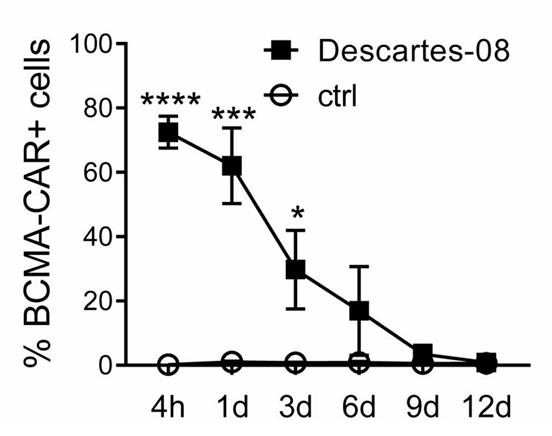
Fig1. The expression of BCMA CAR was evaluated by FCM analysis.
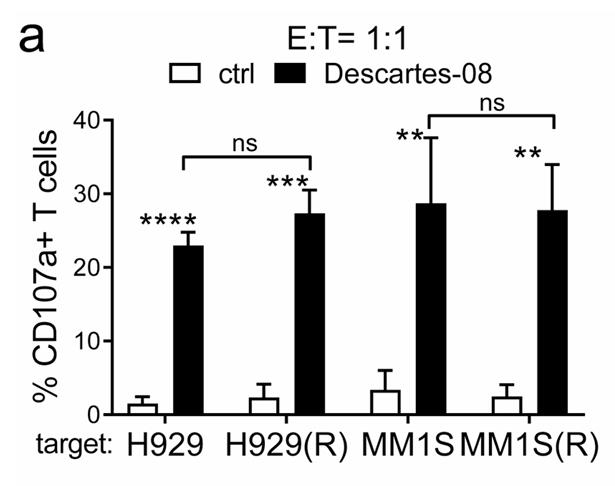
Fig2. The percentages of CD107a+ of indicated T cells were determined at 6h.
Case 2: He M, et al. BMC Cancer. 2024
Estrogen receptor beta (ERβ) is a receptor of 27-hydroxycholesterol that is structurally analogous to 25-HC, but its role in the functional actions of 25-HC remained largely unknown. In this study, we demonstrated that 25-HC treatment triggered ERβ expression in LAC. Knockdown of ERβ inhibited 25-HC-mediated proliferation, migration and invasion, and reduced 25-HC-induced LAC metastasis in vivo. Further investigation revealed that ERβ knockdown restrained the expression of TNFRSF17 (BCMA). In vivo experiments also confirmed that ERβ knockdown blocked 25-HC-induced TNFRSF17 expression. TNFRSF17 knockdown also restrained 25-HC-induced proliferation, migration and invasion. Bioinformatic analysis showed that the levels of ERβ and TNFRSF17 were elevated in lung adenocarcinoma, and were closely related to tumor stages and nodal metastasis status.
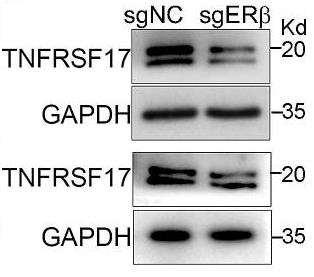
Fig1. The effect of ERβ knockdown on the protein expression of TNFRSF17 in the presence of 0.085 μM 25-HC.
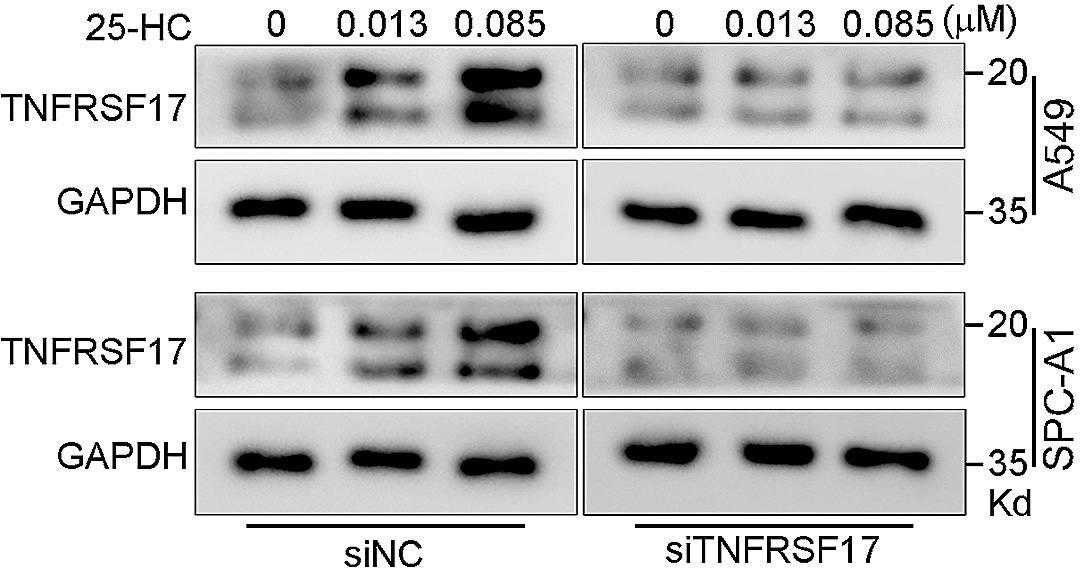
Fig2. A549 and SPC-A1 cells were transfected with siTNFRSF17.
TNFRSF17, also known as B cell maturation antigen (BCMA) or CD269, is a member of the tumor necrosis factor receptor (TNFR) family. It is mainly expressed on terminally differentiated B cells, including multiple myeloma cells, and is important for B cell development and autoimmune response. Its abnormality is associated with some autoimmune diseases, infectious diseases, and mucosal immunity, and its abnormal expression or signaling in the intestine may be associated with diseases such as irritable bowel syndrome and ulcerative colitis. Therefore, TNFRSF17 has important application potential in the field of medical research and therapy.
1. Multiple myeloma treatment. TNFRSF17 is an important target for multiple myeloma (MM) therapy. Its main ligands include B cell activating factor (BAFF) and proliferation-inducing ligand (APRIL). By interacting with these ligands, TNFRSF17 can conduct cell-stimulating signals, activate the NF-κB and JNK pathways, and increase the proliferation and survival of B cells.
2. Drug screening and development. TNFRSF17 can be a target in drug screening and development. By studying their interactions with ligands, new therapeutic drugs such as CAR-T cell therapies and antibody-coupled drugs (ADCs) can be developed.
3. Diagnosis and detection. Tnfrsf17-associated antibodies and proteins can be used to diagnose and detect B-cell-associated diseases, such as multiple myeloma and other B-cell malignancies.
4. Immune regulation. TNFRSF17 plays an important role in B cell development and autoimmune response. Its signaling can activate NF-κB and MAPK8/JNK, thereby promoting the survival and proliferation of B cells.
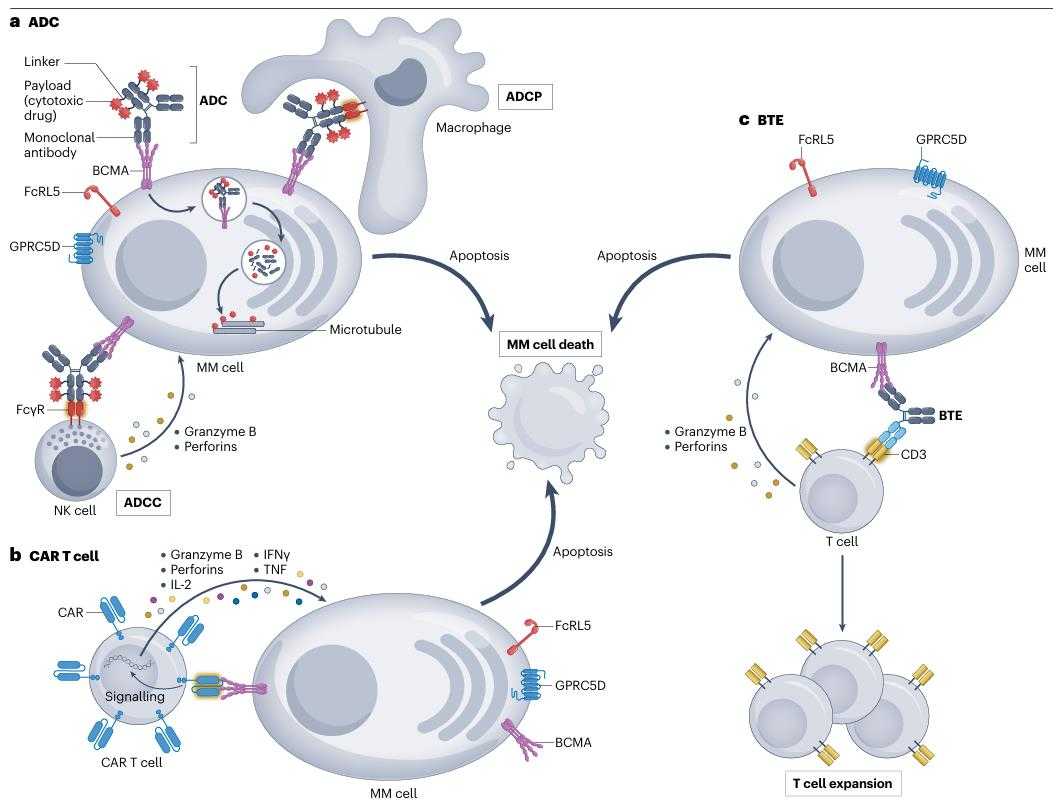
Fig1. Schematic representation of the mechanisms of action by which antibody–drug conjugates (ADC), chimeric antigen receptor (CAR) T cells and bispecific T cell engagers (BTEs) induce the death of multiple myeloma (MM) cells. (Paola Neri, 2024)
Not For Human Consumption!
Inquiry
- Reviews
- Q&As
Ask a Question for All TNFRSF17 Products
Required fields are marked with *
My Review for All TNFRSF17 Products
Required fields are marked with *
Inquiry Basket


